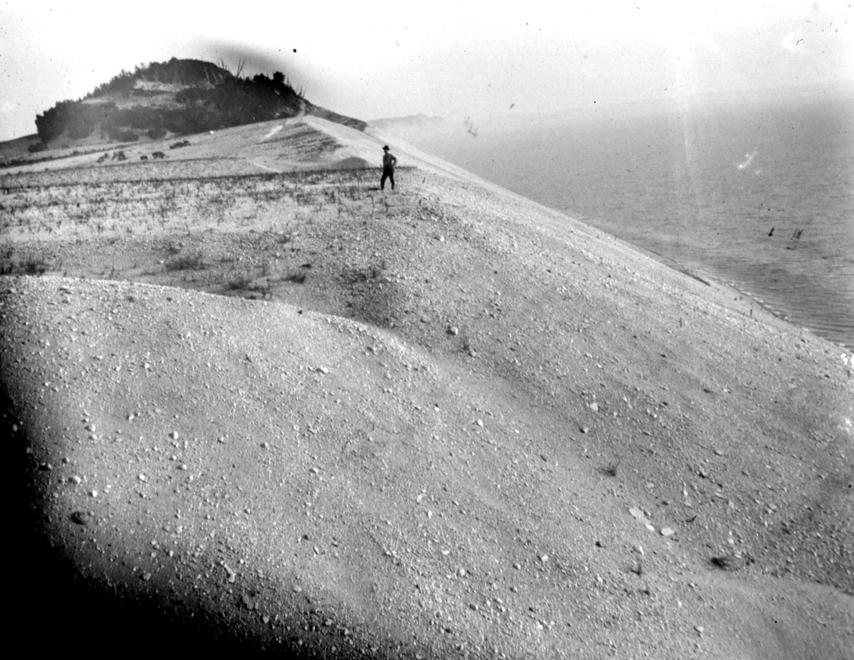Nearshore
Lake Michigan’s Sleeping Bear Dunes named nation’s favorite beauty
|
If it’s a beauty pageant, then Lake Michigan’s Sleeping Bear Dunes is certainly the crowd favorite. Good Morning America voters recently named it one of the most beautiful places in the country. And its 35 miles of sandy beaches and crystal waters earned it a top spot on a beach expert’s best Great Lakes beaches in July. Host Josh Elliott visited Lake Michigan’s best-kept secret and called the dunes “stunning monuments to the passage of time.” They formed when ice sheets melted and formed glacial lakes, pushing rock debris to the shoreline. Now covered in sand, the dunes have captured national attention for their beauty; they are even celebrity chef Mario Batali’s favorite vacation spot.





